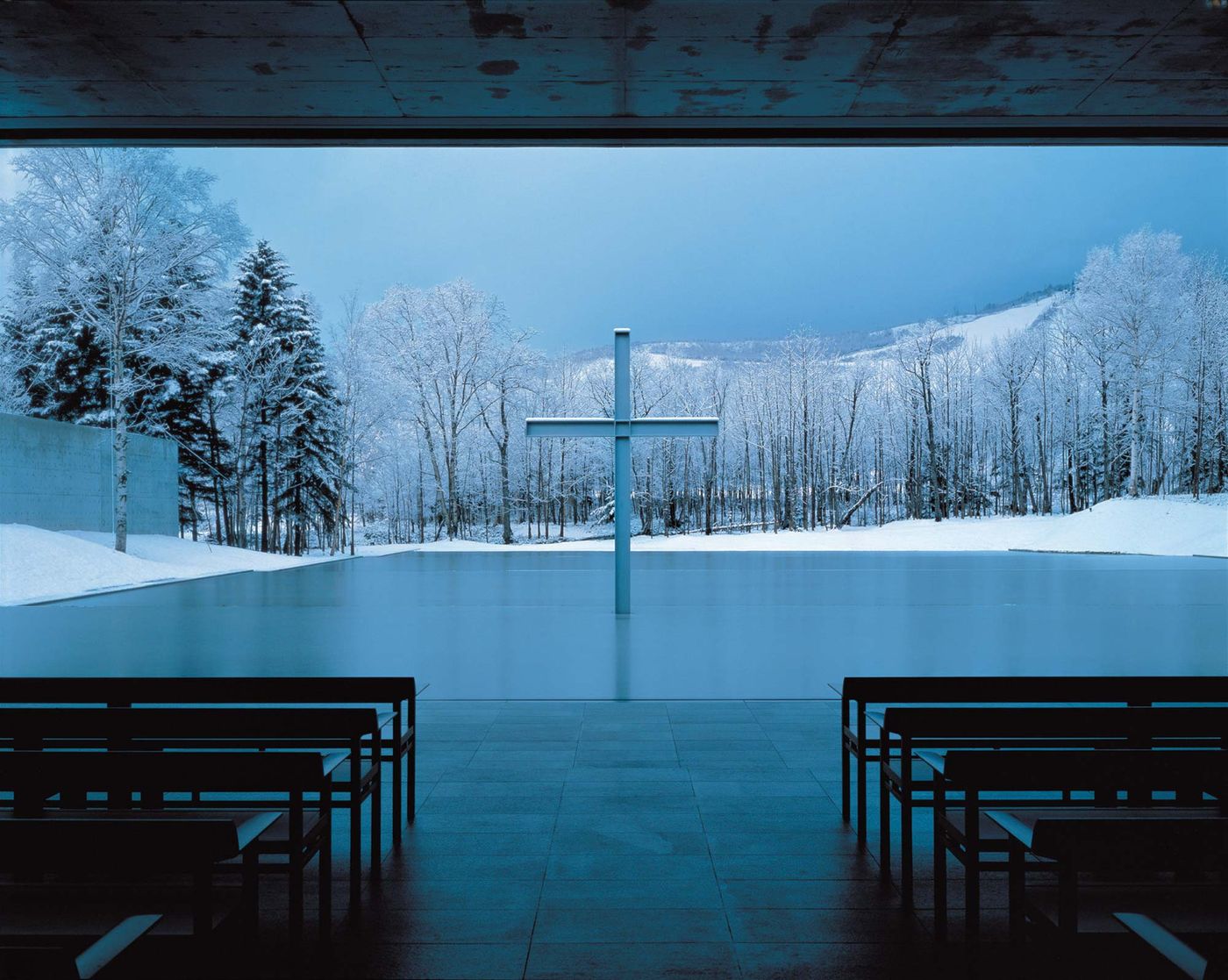
Tadao Ando's Half a Century of Architectural Endeavors at The National Art Center in Tokyo
Words by Eric David
Location
Tokyo, Japan
Tadao Ando's Half a Century of Architectural Endeavors at The National Art Center in Tokyo
Words by Eric David
Tokyo, Japan
Tokyo, Japan
Location
Self-taught architect Tadao Ando has been designing buildings to international acclaim for almost five decades now. Now, “Tadao Ando: Endeavors” at the National Art Center in Tokyo attempts to unspool his meteoric career through six thematic sections that feature more than 200 models, sketches and drawings, highlighting the architect’s novel designs, his unique approach to architecture and his vision for the future.
Inspired by modernist master Le Corbusier, Louis Kahn and Frank Lloyd Wright, Ando found his architectural voice designing houses that were characterized by the use of cast-in-situ concrete, simple geometric forms and symbiosis with nature. In the exhibition’s first section, “Origins/Houses”, more than 100 residential projects are showcased including some of his earliest designs in Japan in the 70s as well as more recent, larger scale works abroad.
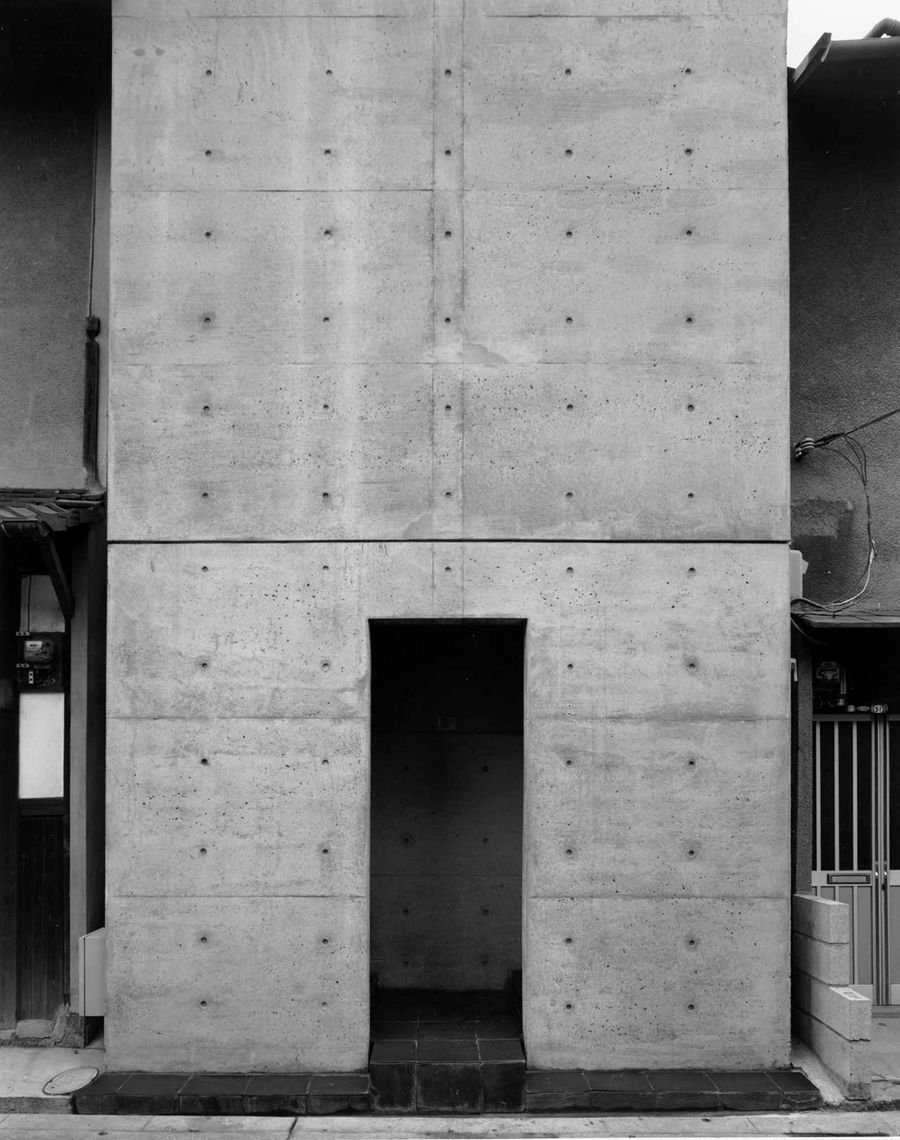
Row House in Sumiyoshi, 1976, Osaka, Osaka. Photo by Shinkenchiku-sha.
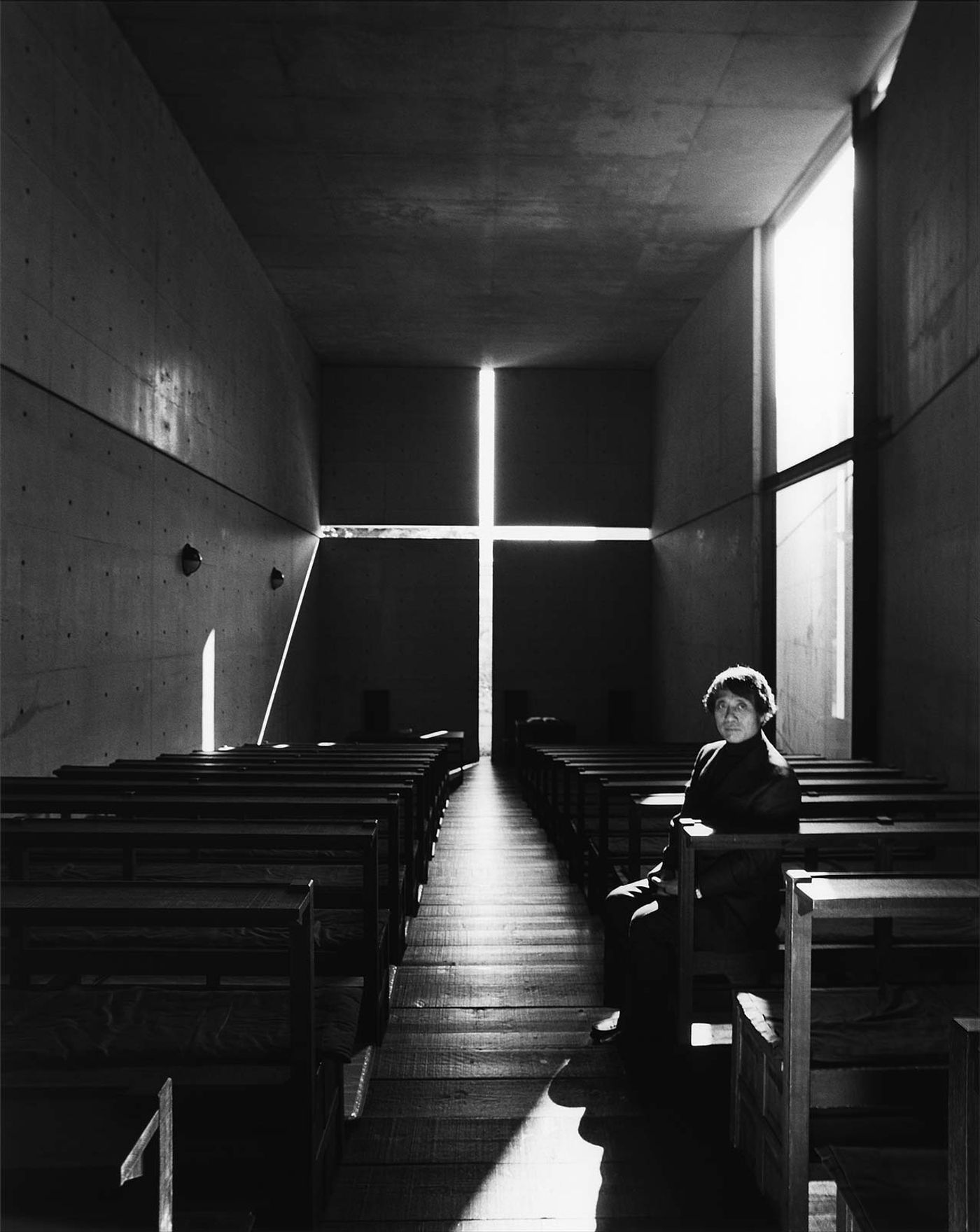
Tadao Ando Portrait. Photo by Nobuyoshi Araki.
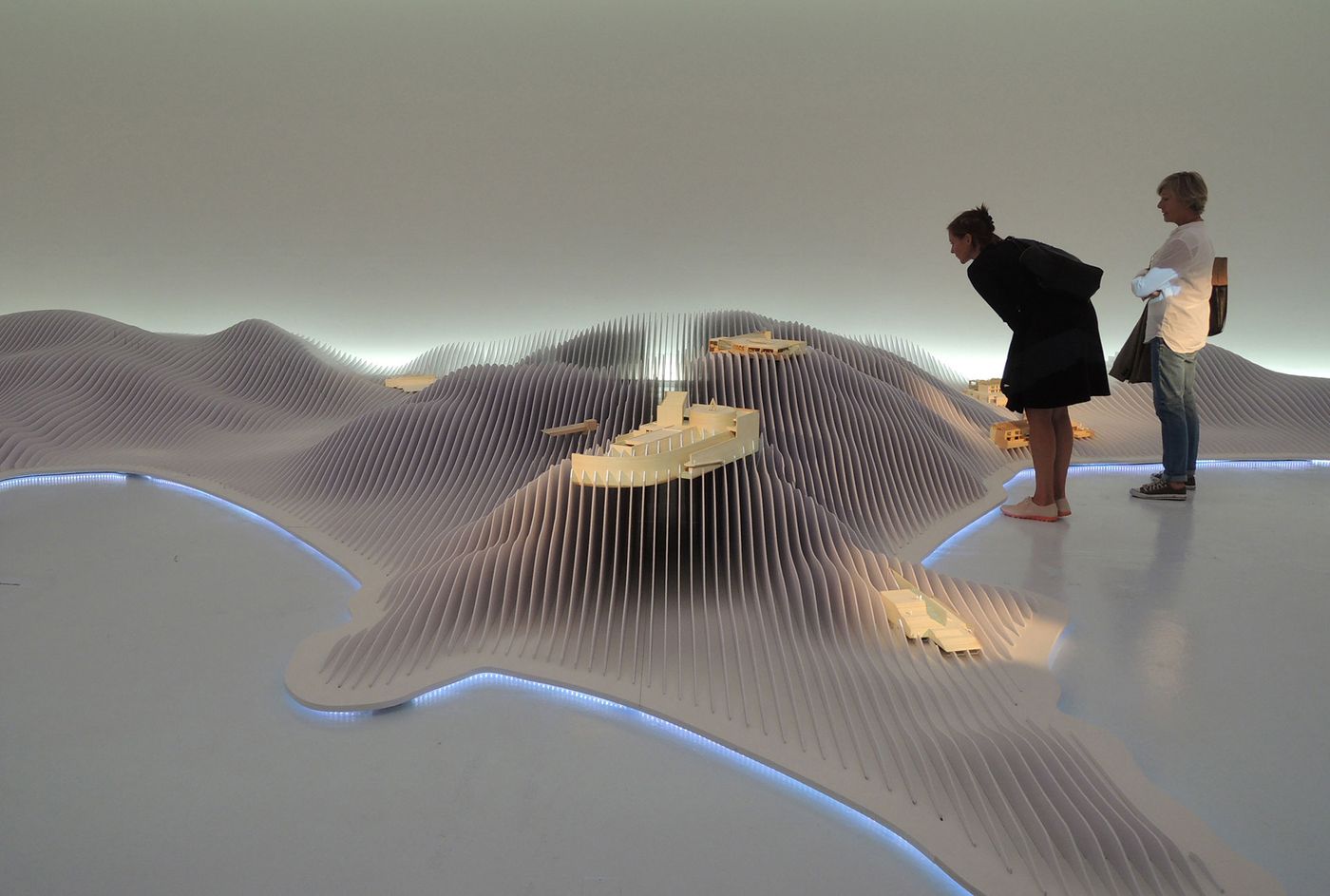
Model of Naoshima Project, Naoshima, Kagawa © Tadao Ando.
Undoubtedly one of the highlights of the exhibition is the full-scale replica of Tadao Ando’s renowned masterpiece, the Church of the Light, in the aptly titled section “Light”. Built in 1989 in Ibaraki outside of Osaka in Japan, it is part of a series of sanctuary spaces that evoke spirituality through an architecture of duality where light encroaches on darkness, serenity coexists with starkness and solid forms are defined by the voids they contain. Espousing a minimal aesthetic that eschews any decorative religious symbols, Ando’s ingenuity lies in creating deeply meditative places of worship through the intersection of light and the solid.
The concept of the void is further explored, albeit through the lens of urbanism, in “Void Spaces”. For a self-proclaimed “urban guerrilla” like Ando, void spaces, or “yohaku” in Japanese, are spaces where people can come together and as such they prominently feature in his urban architecture projects, showcased chronologically here, from small-scale commercial buildings to grander edifices like the Omotesando Hills shopping complex in Shibuya, Tokyo, and the Shanghai Poly Grand Theater.
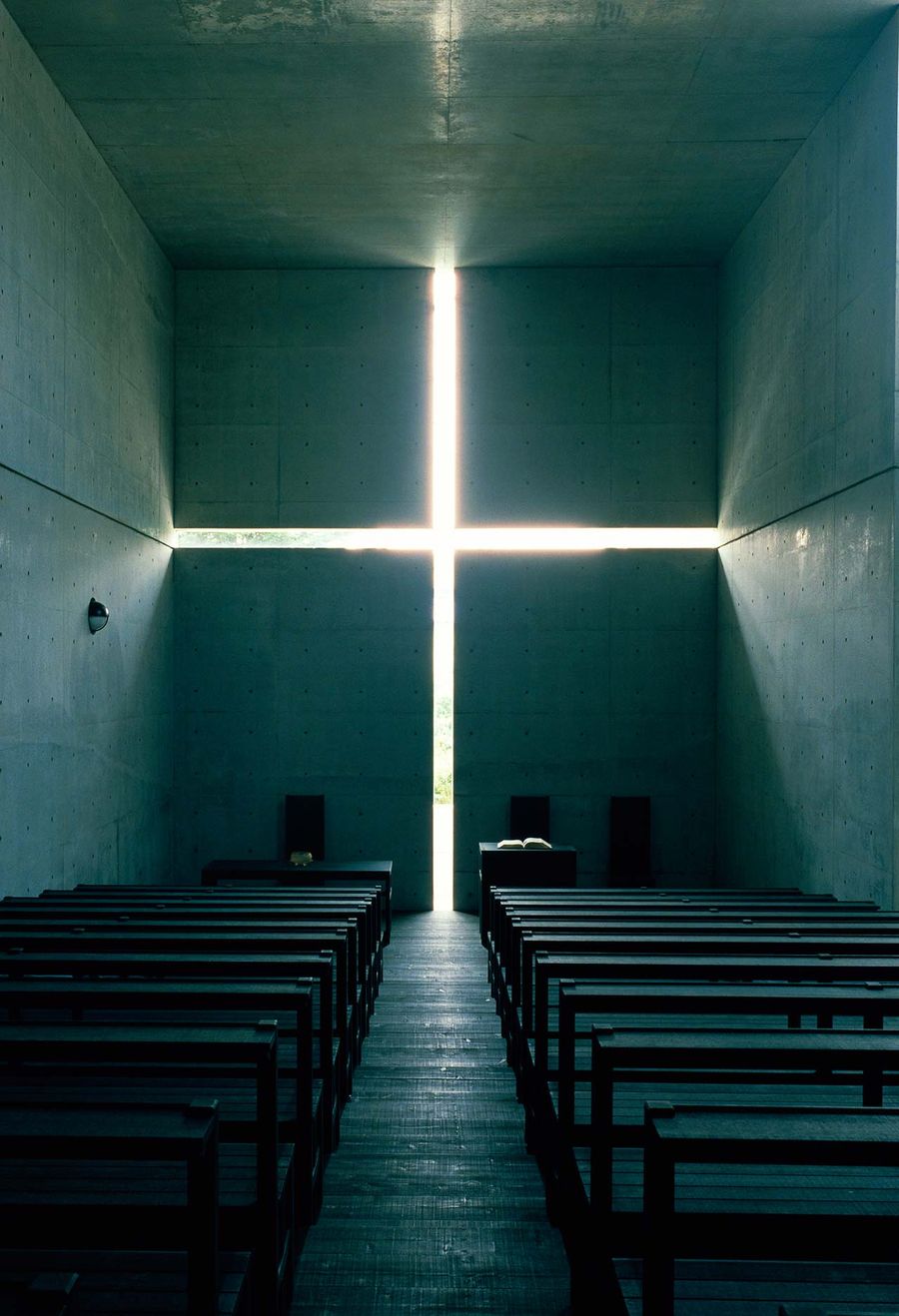
Church of the Light, 1989, Ibaraki, Osaka. Photo by Mitsuo Matsuoka.
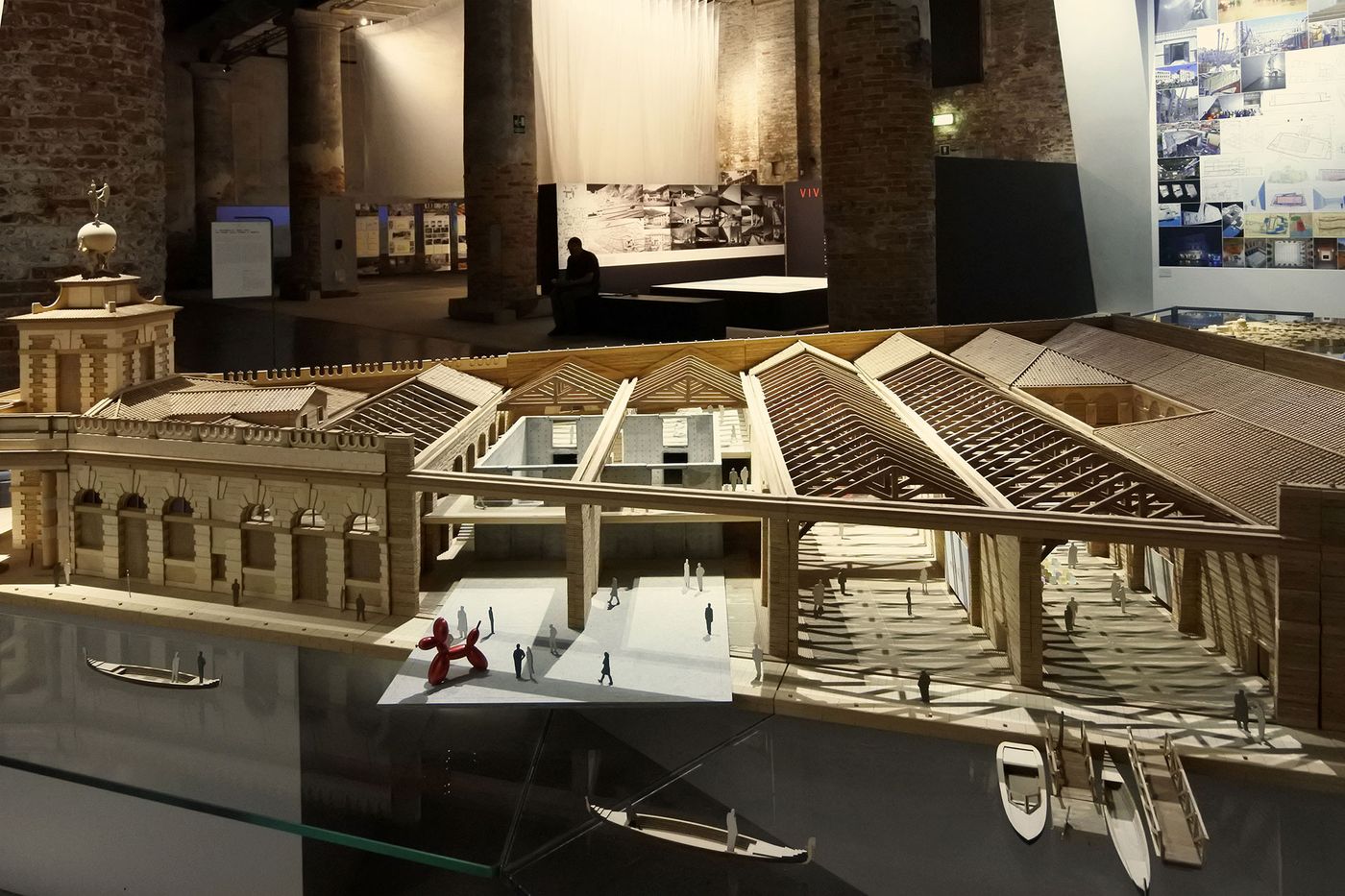
Model of Punta della Dogana (Venice, Italy) © Tadao Ando.
One of Ando’s guiding design principles is that buildings should follow the natural forms of their surrounding landscape, made explicit in the section titled “Reading the site”. Ando’s buildings are awe inspiring but never grandiose because they never impose or monopolize their environment. Nowhere is this more evident than in his work on the island of Naoshima which is presented in the exhibition as a large-scale installation. Often referred to as Art or Ando Island, the small isle off the east coast of Japan is an international art destination that hosts three decades of Ando’s work including art spaces, museums and hotels. Crowning Ando’s achievements on Naoshima and hosting works by Monet, James Turrell and Walter De Maria, the Chichu Art Museum is entirely sunken within a hillside and yet every piece of art is lit by daylight.
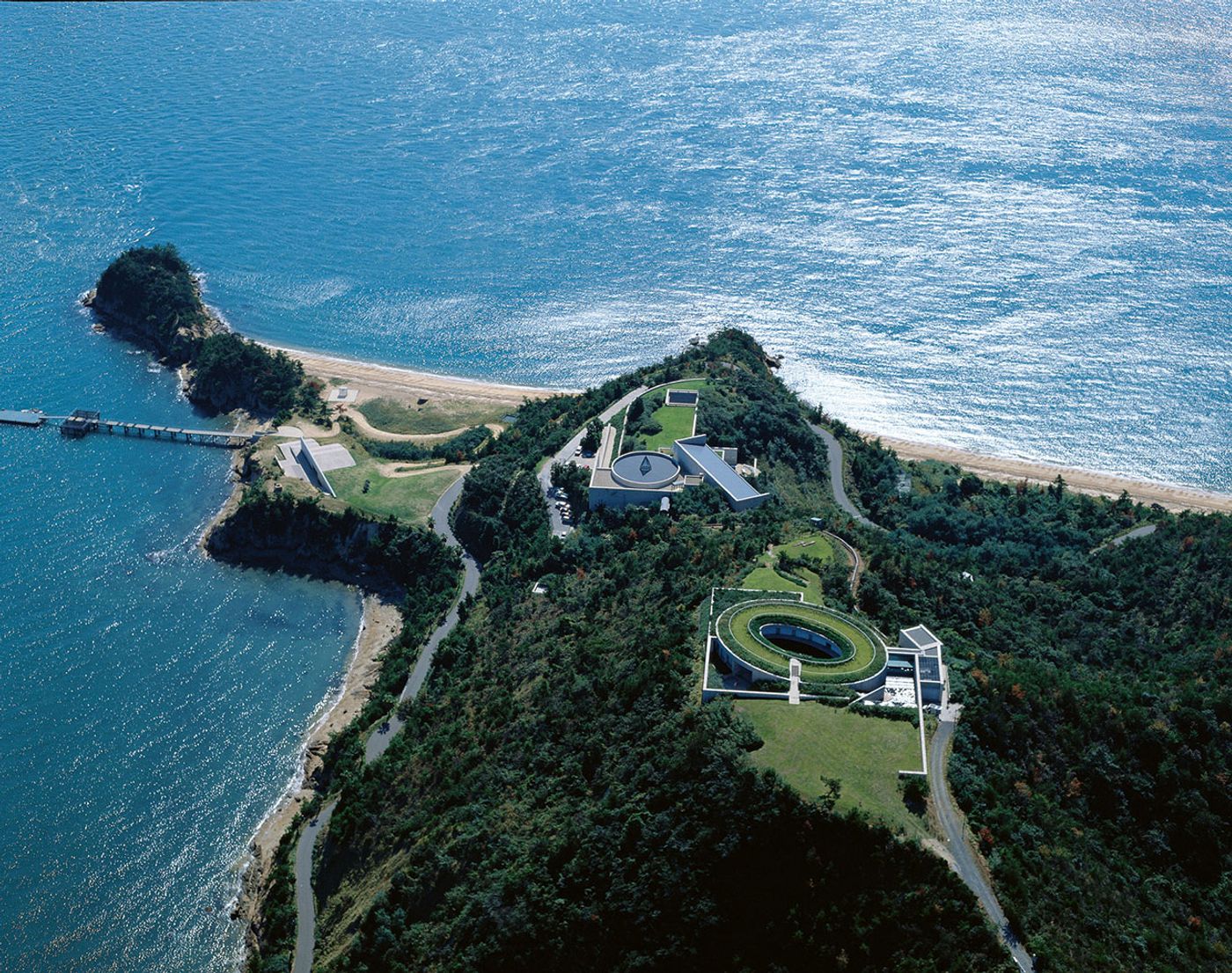
Benesse House, 1992/1995, Naoshima, Kagawa. Photo by Mitsuo Matsuoka.
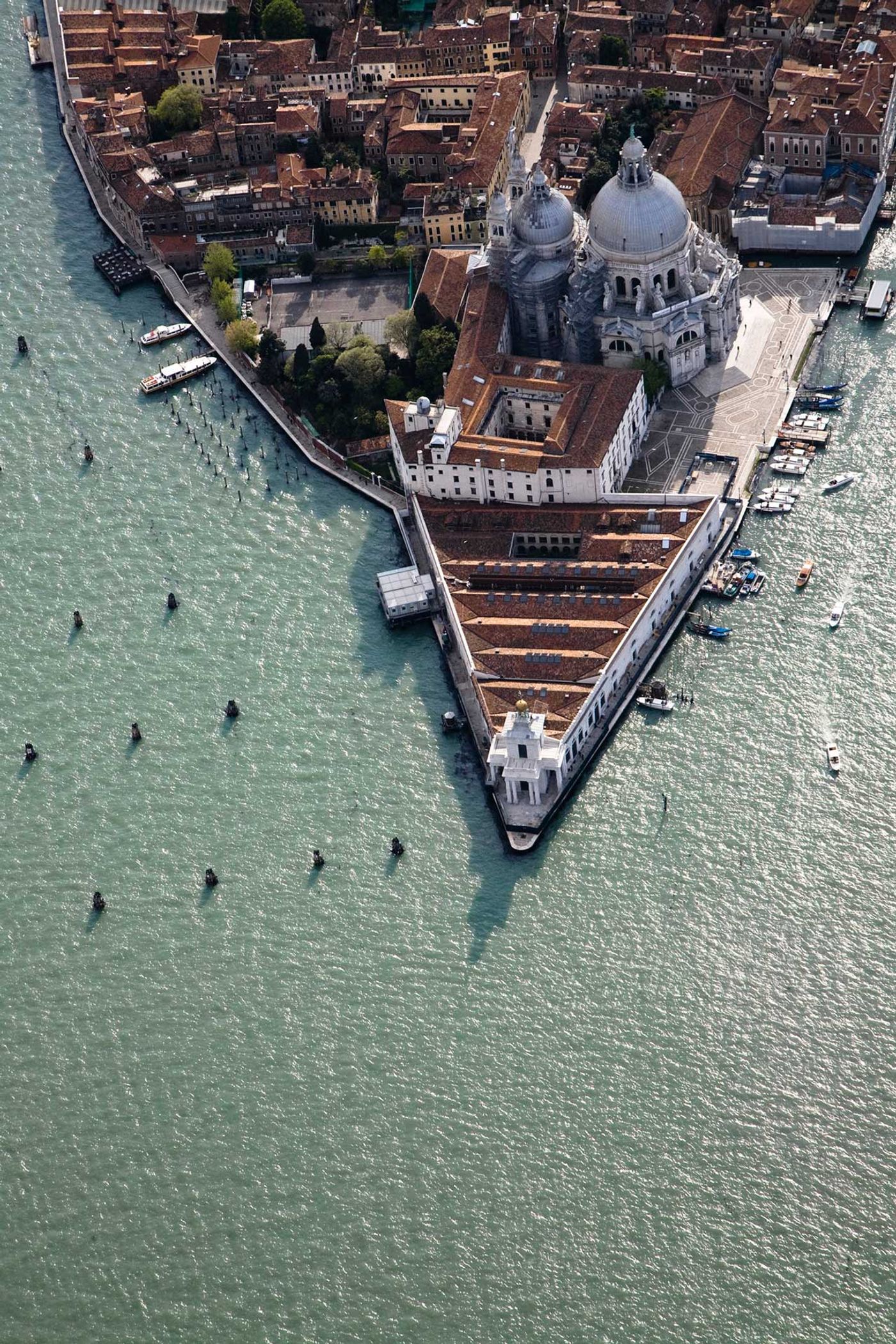
Punta della Dogana, 2009, Venice, Italy © Palazzo Grassi SpA. Photo: ORCH, orsenigo_chemollo.
In “Building upon what exists, creating that which does not exist”, the exhibition sheds light on Ando’s renovation projects, such as the revitalization of the historic Punta della Dogana in Venice, a detailed model of which is on display, and his ambitious ongoing project in Paris where he is transforming the Bourse de Commerce into a contemporary gallery that will host the Pinault Collection. Wrapping up the retrospective, the show’s final section, “Nurturing”, highlights Ando’s work on environmental restoration and post-disaster reconstruction through several documentary videos, which as a fitting conclusion, reminds us that architecture is meant to improve not only the way we live but also the world we live in.
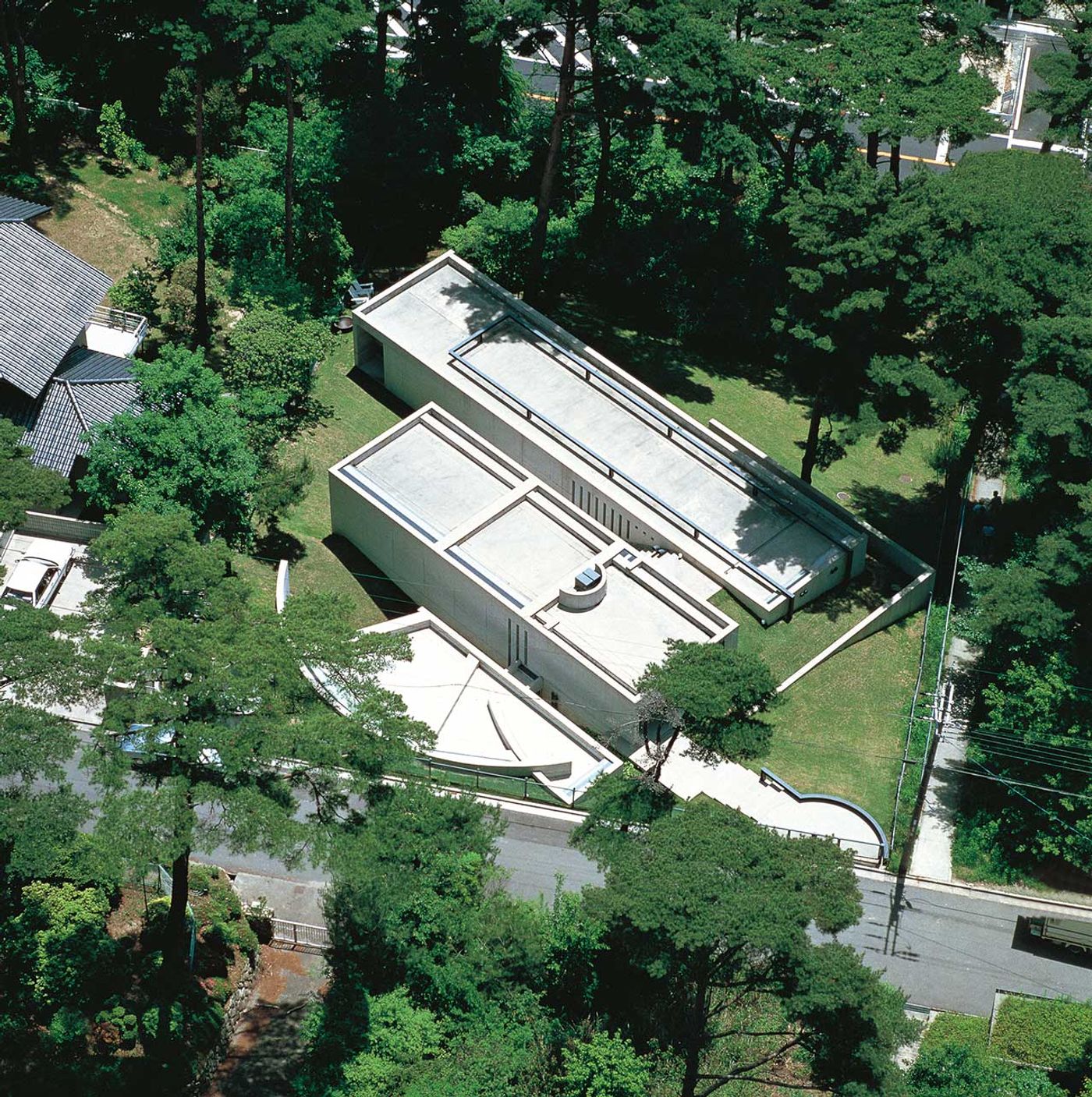
Koshino House, 1981/1984, Ashiya, Hyogo. Photo by Shinkenchiku-sha.
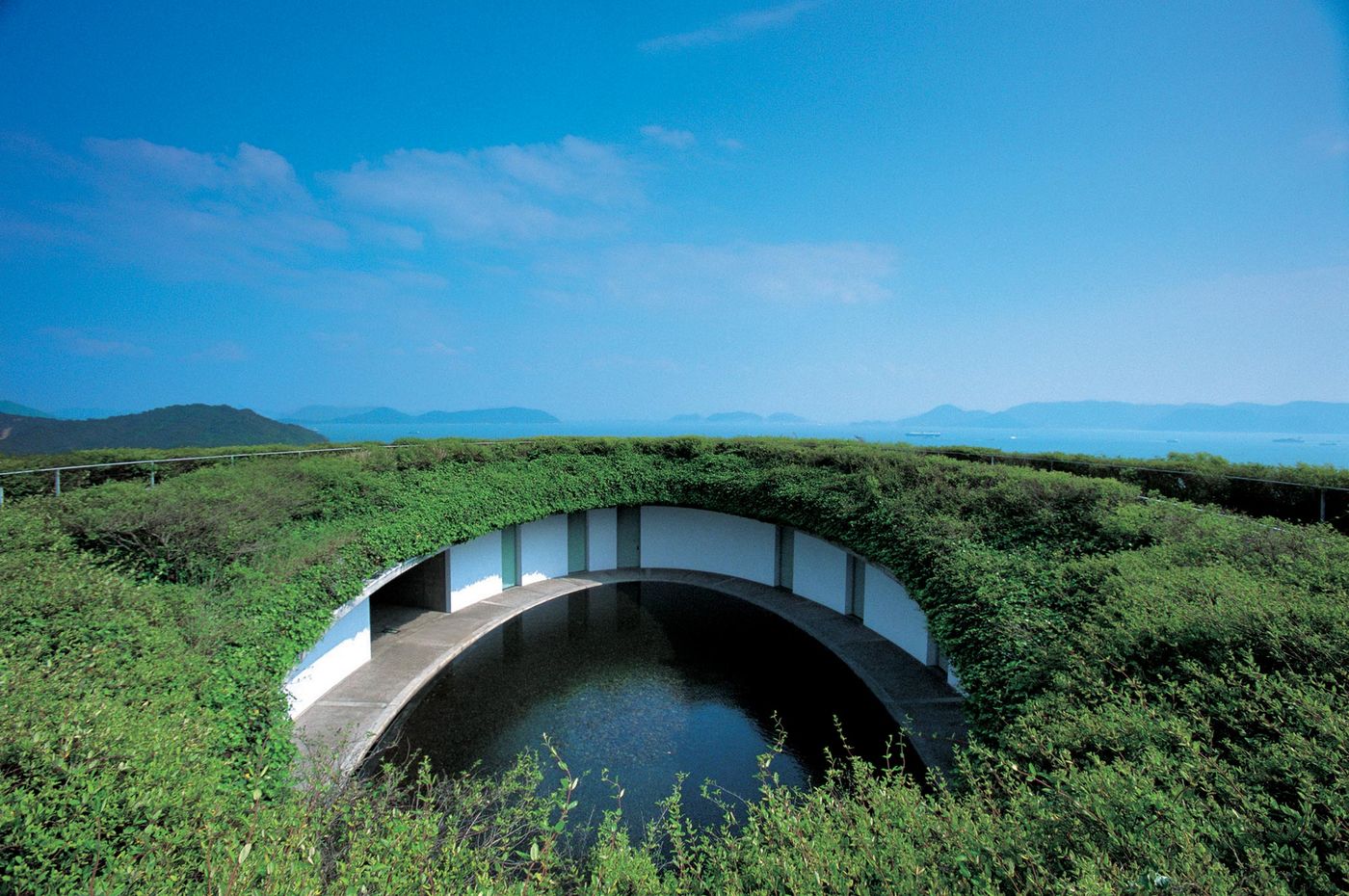
Benesse House Oval, 1995, Naoshima, Kagawa. Photo by Mitsumasa Fujitsuka.
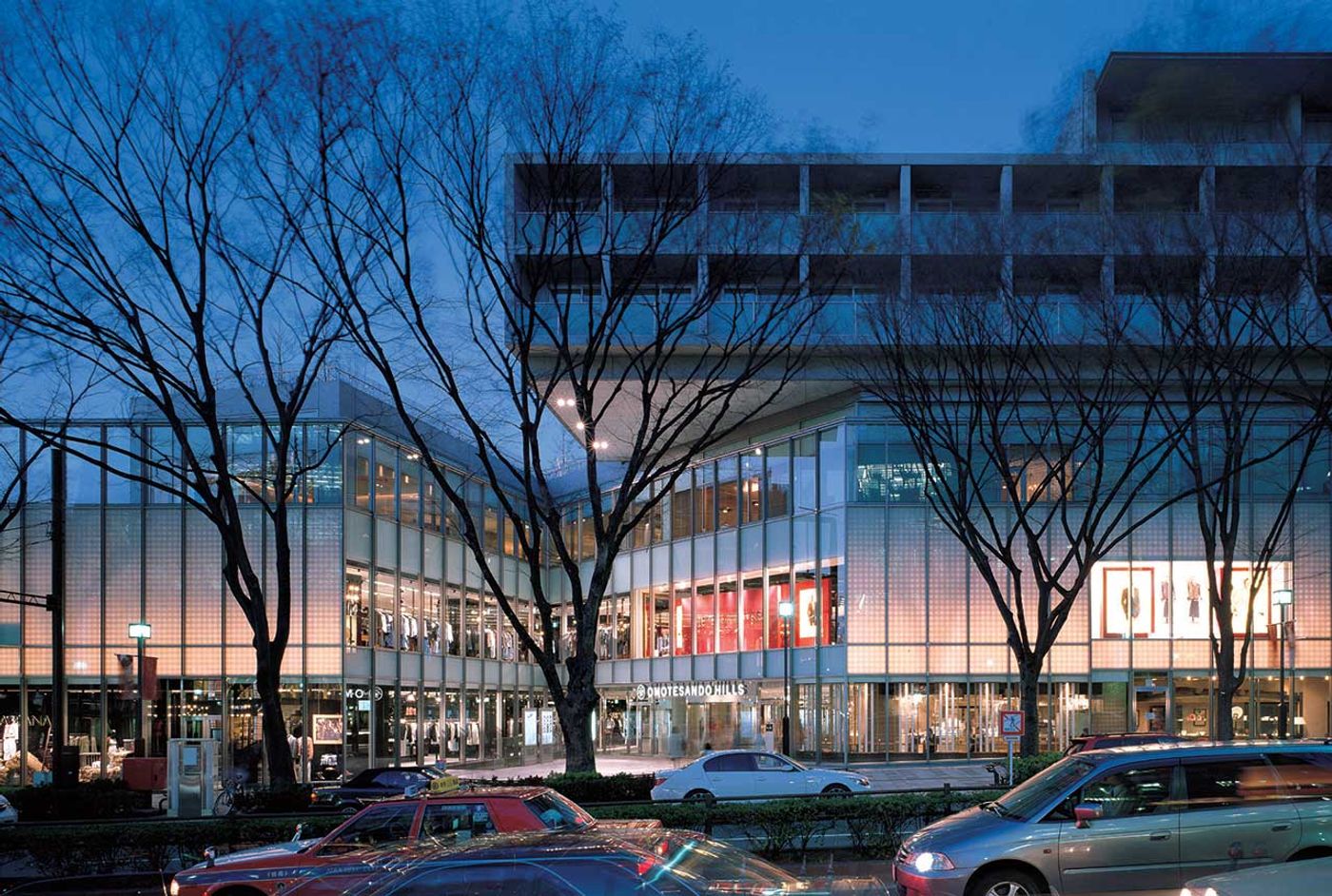
Omotesando Hills, 2006, Shibuya, Tokyo. Photo by Mitsuo Matsuoka.
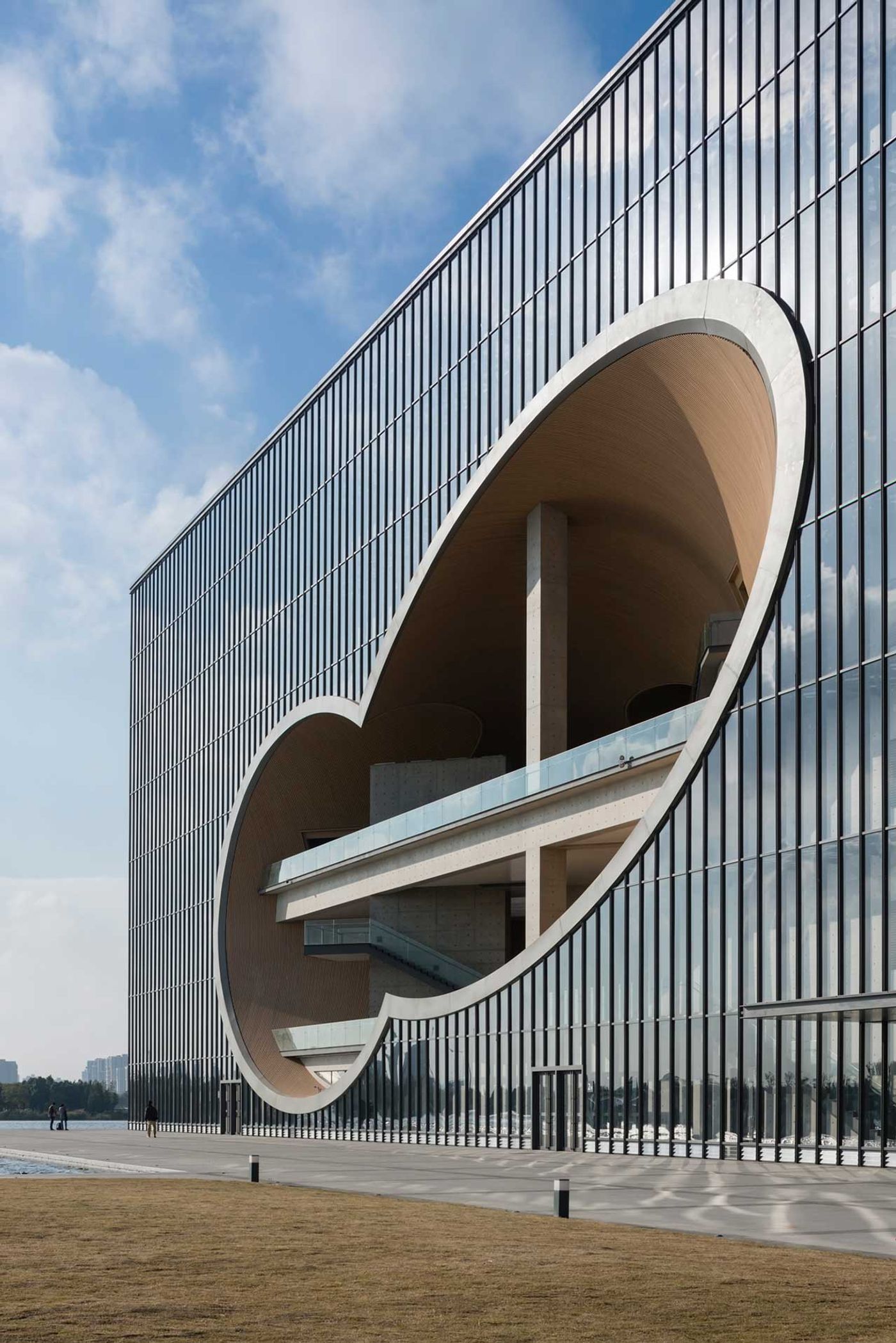
Shanghai Poly Grand Theatre, 2014, Shanghai, China. Photo by Shigeo Ogawa.
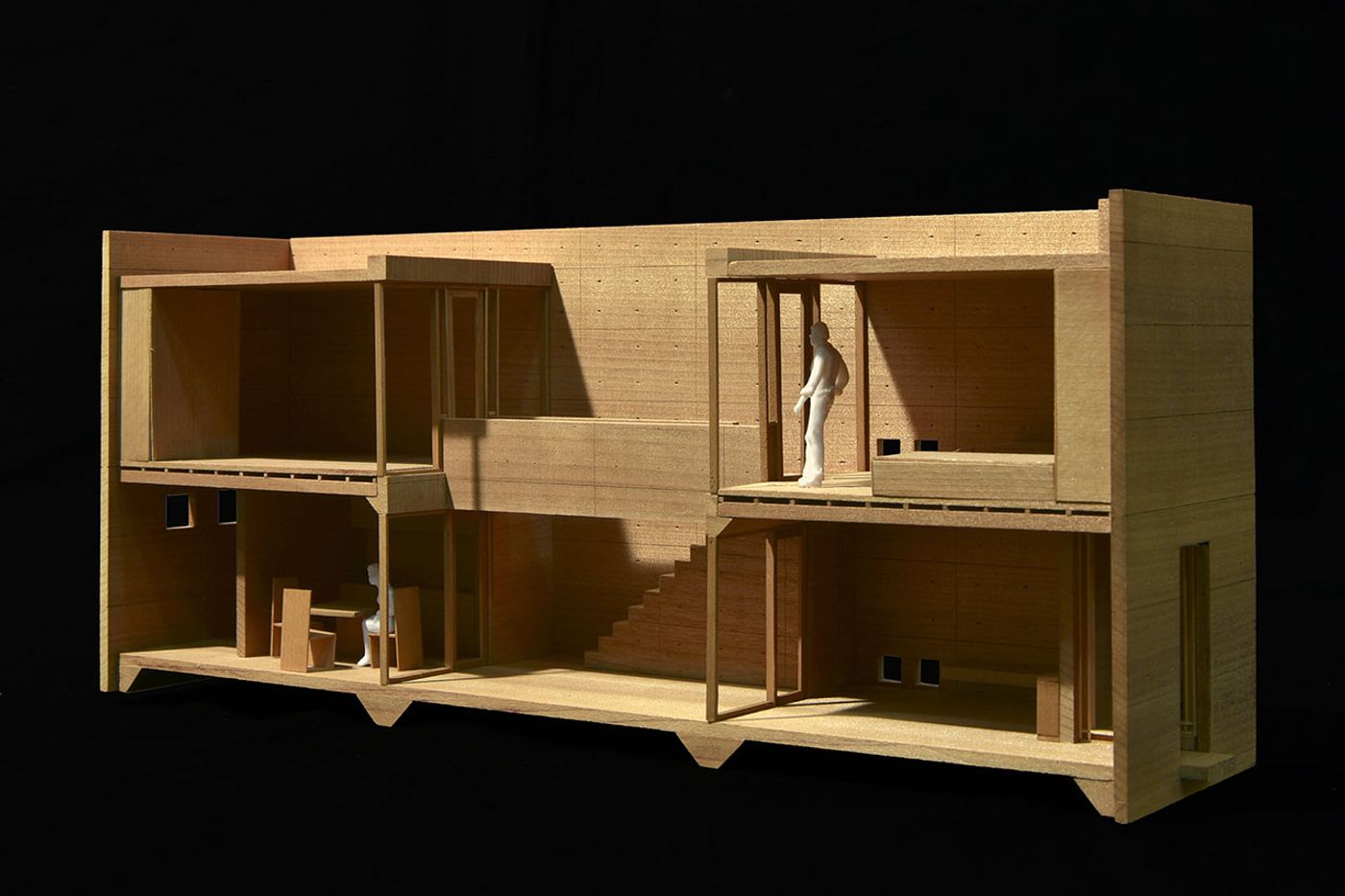
Model of Row House in Sumiyoshi (Osaka) © Tadao Ando.
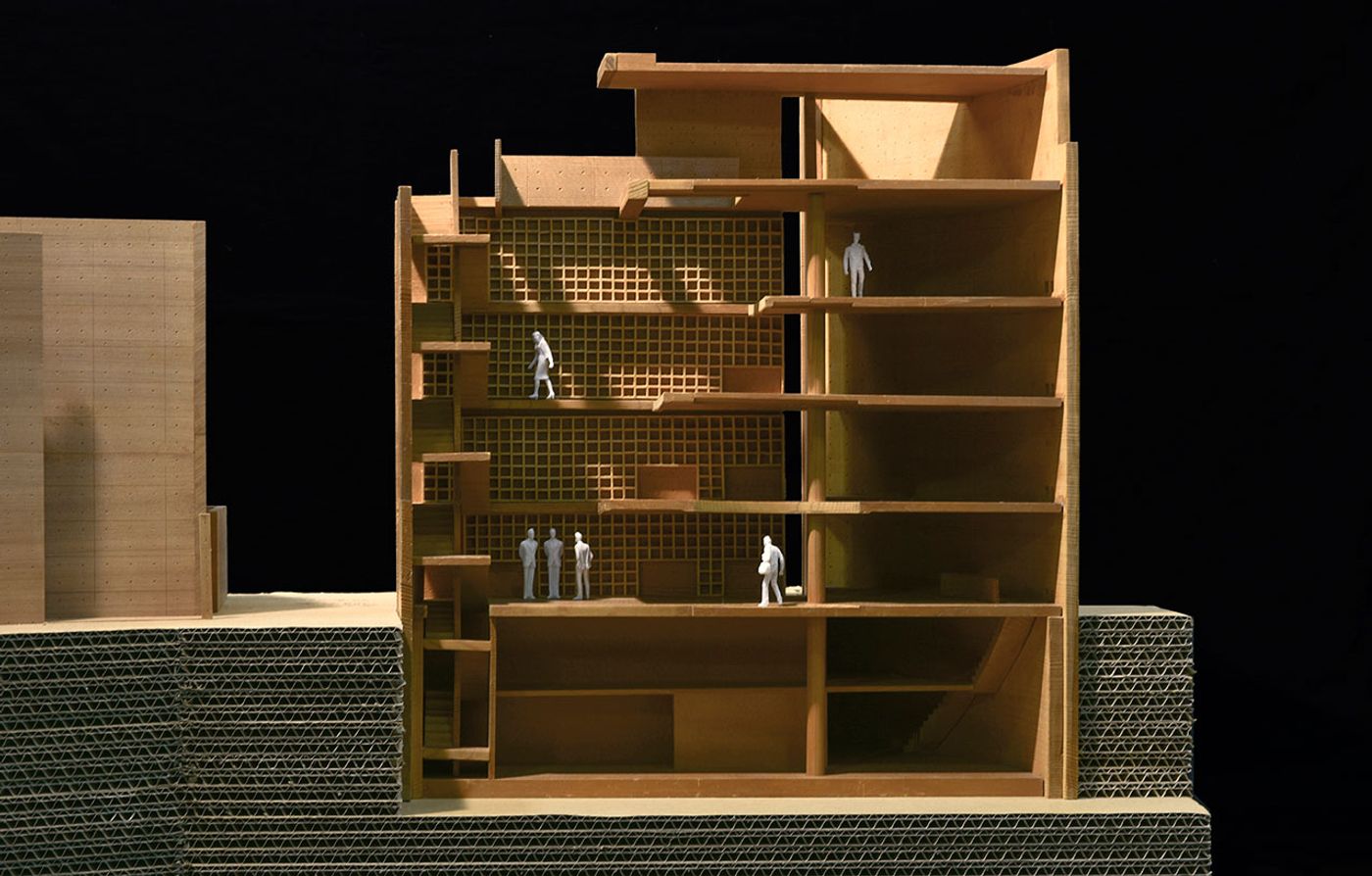
Model of Atelier in Oyodo II (Osaka) © Tadao Ando.
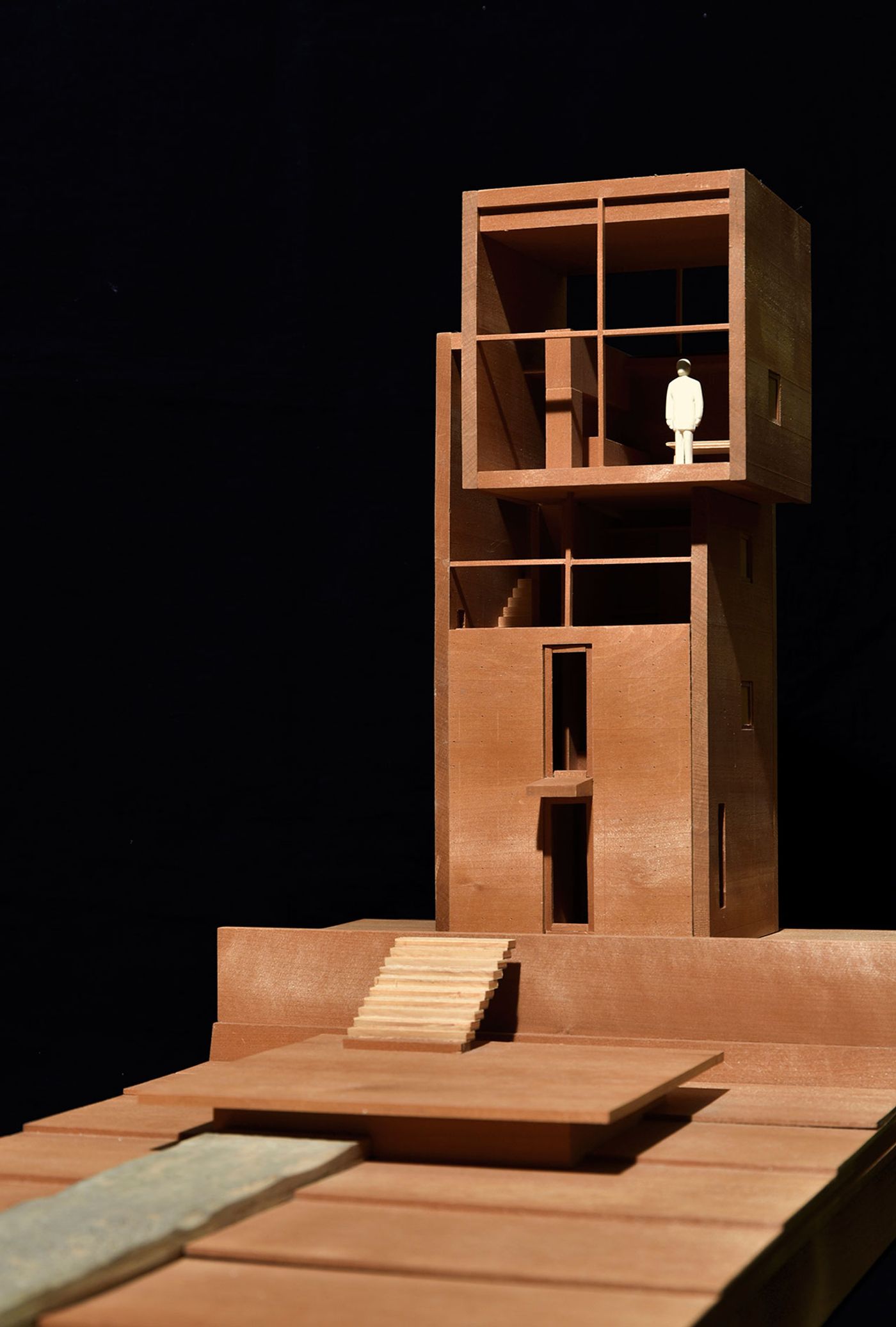
Model of 4 x 4 House (Kobe) © Tadao Ando.